Jmeter性能压测
约 818 字大约 3 分钟
Jmeter性能压测工具
-- 指标
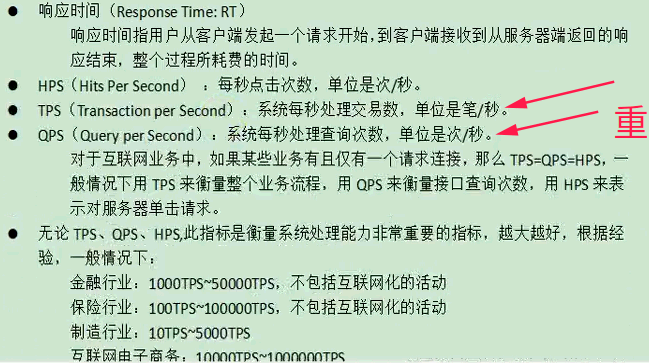
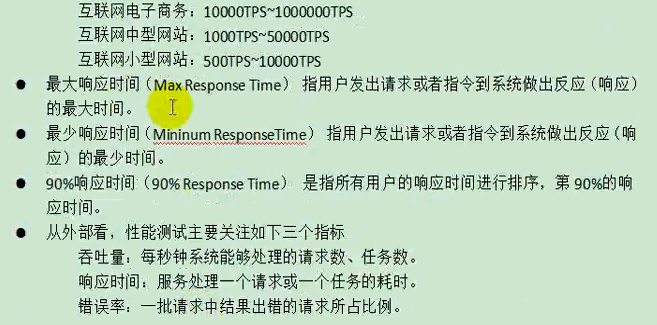
-- Jmeter
下载:https://dlcdn.apache.org//jmeter/binaries/apache-jmeter-5.4.3.tgz
https://dlcdn.apache.org//jmeter/binaries/apache-jmeter-5.4.3.zip


常用:
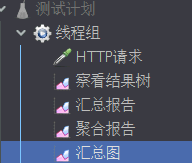


受【cpu,jvm,数据库,网络IO,中间件】分配等影响
-- 堆内存&垃圾回收
jvm

堆空间
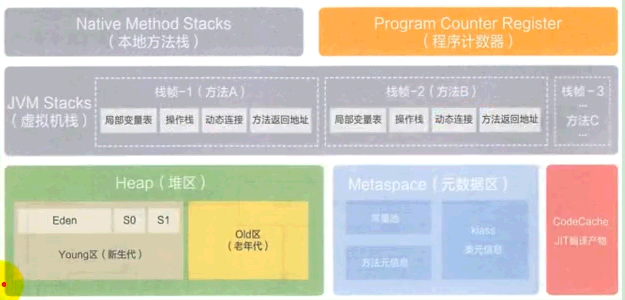
堆:
新生代
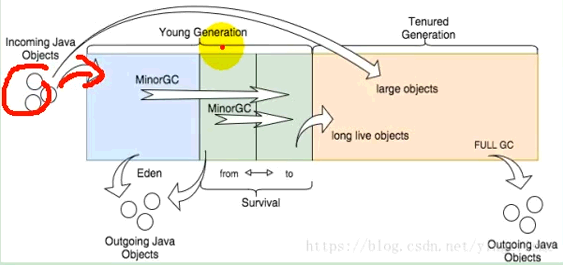
老年代
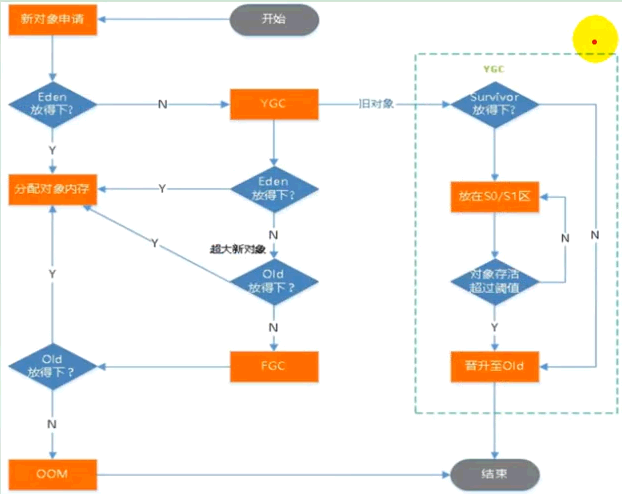
-- 性能监控
jconsole& jvisualvm
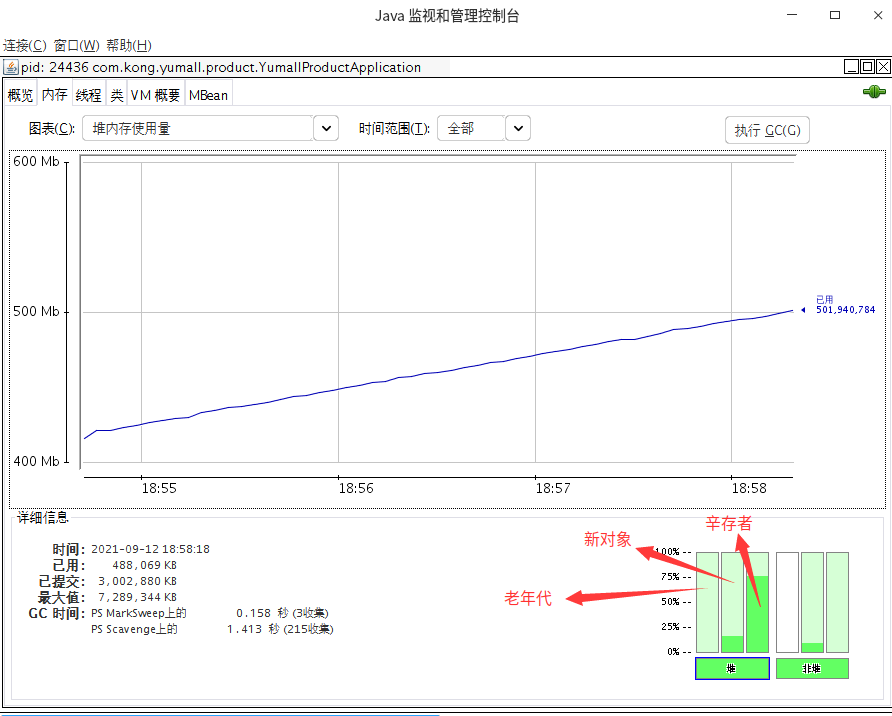
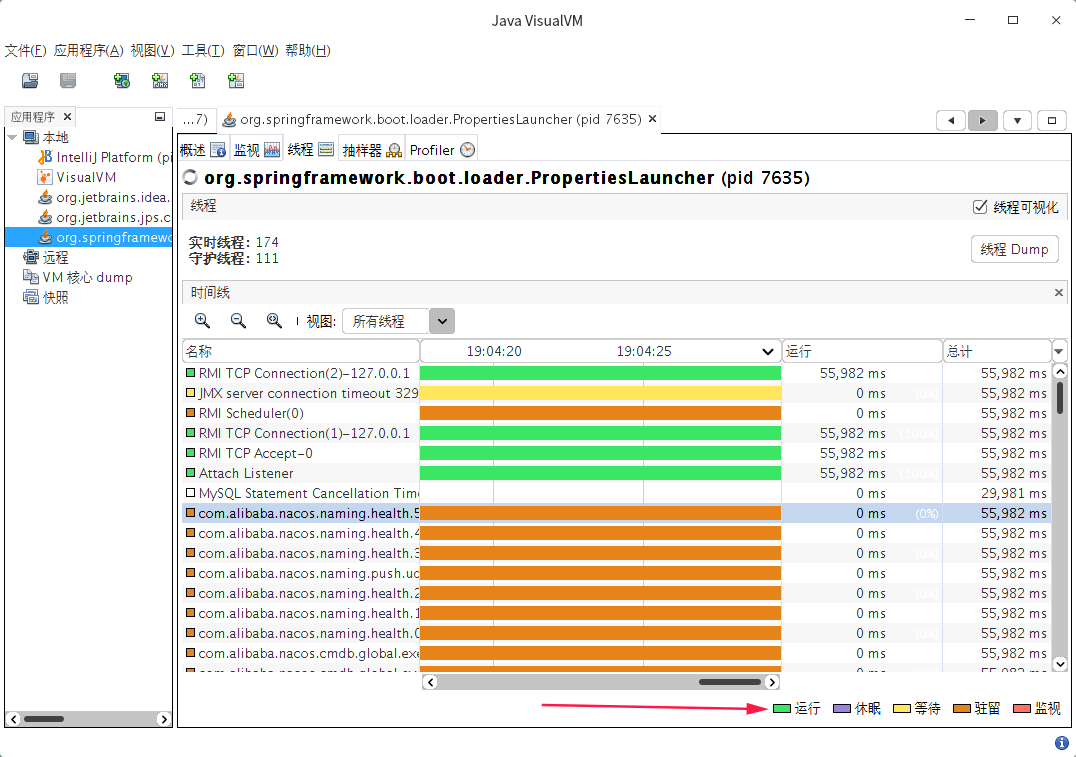
安装插件报错地址:https://visualvm.github.io/pluginscenters.html
运行压力测试+visualvm,检测jvm使用情况
| 测试指标 | 压测线程数 | 吞吐量/s | 90%响应时间 | 99%响应时间 |
|---|---|---|---|---|
| Nginx | 80 | 40,063.148 | 2 | 3 |
| Gateway | 80 | 36,176.975 | 4 | 8 |
| 简单服务 8100:hello | 80 | 45,053.433 | 3 | 6 |
| Gateway+简单服务 | 80 | 12,609.957 | 10 | 18 |
| 全链路 | 80 | 12,444.525 | 11 | 18 |
| 全链路(Nginx动静分离) | 200 | 16,049.027 | 18 | 58 |
| 全链路(Nginx动静分离+缓存+去log+索引) | 200 | 16,060.535 | 18 | 56 |
| 首页1级菜单渲染 | 80 | 1,373.826(db,渲染) | 66 | 86 |
| 首页渲染(开缓存) | 80 | 2,204.165 | 53 | 85 |
| 首页渲染(开缓存+去log+sql索引) | 80 | 3,156.914 | 29 | 37 |
| 3级分类数据获取 | 80 | 27.616(db) | 3,207 | 3,414 |
| 3级分类数据获取(开缓存+去log+sql索引) | 80 | 49.132 | 1,703 | 1,927 |
| 3级分类数据获取(业务优化+关缓存+log+sql索引) | 80 | 310.131 | 436 | 646 |
| 3级分类数据获取(redis+业务优化+关缓存+log+sql索引) | 80 | 4,890.867 | 25 | 43 |
| 首页全量数据获取 | 80 | 19.157 | 661 | 798 |
| 首页全量数据获取(开缓存+去log+sql索引) | 80 | 65.36 | 1,513 | 1,845 |
| 首页全量数据获取(Nginx动静分离+开缓存+去log+sql索引) | 80/200 | 17,460.284/16,066.387 | 8/18 | 21/59 |
| Nginx+Gateway | 80 |
1、中间件有多,性能损失越大
业务:db(MySQL+创建索引)、模板的渲染速度、静态资源
--- 首页渲染(开缓存+去log+sql)
getLevel1Categorys-》db无索引,开缓存,去log:
消耗时间:56
消耗时间:4
消耗时间:2
消耗时间:2
getLevel1Categorys-》db有索引,开缓存,去log:
消耗时间:5
消耗时间:1
消耗时间:1
消耗时间:1
-- Nginx动静分离
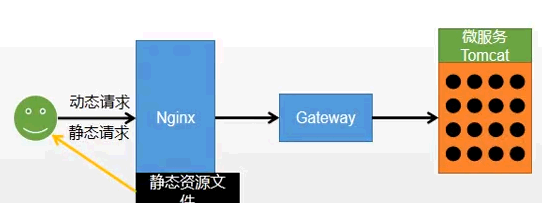
1、以后将所有项目的静态资源都应该放在nginx里面
2、规则: /static/**所有请求都由nginx直接返回
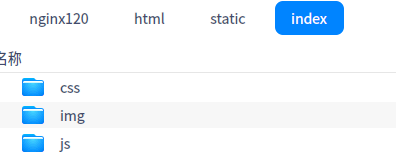
配置
location / {
proxy_pass http://yumall;
#proxy_set_header Host $host;
}
location /static/ {
#root /usr/share/nginx/html; #docker
root html; #非docker运行
}
http://yumall.com/static/index/img/img_01.png
压力测试
-- 示例:getCataLogJson优化
将数据库的多次查询放到一次,
/*
将数据库的多次查询放到一次,
*/
List<CategoryEntity> categoryEntities0 = baseMapper.selectList(null);
//1、查出所有1级分类
List<CategoryEntity> level1Categorys = getParent_cid(categoryEntities0, 0L);
//2、封装数据
Map<String, List<Catalog2Vo>> parent_cid = level1Categorys.stream().collect(Collectors.toMap(k -> k.getCatId().toString(), v -> {
//1. 每一个的一级分类,查到这个一级分类的二级分类
List<CategoryEntity> categoryEntities = getParent_cid(categoryEntities0, v.getCatId());
//封装上面的结果
List<Catalog2Vo> catalog2VoList = null;
if (categoryEntities != null) {
catalog2VoList = categoryEntities.stream().map(l2 -> {
Catalog2Vo catalog2Vo = new Catalog2Vo(l2.getCatId().toString(), null, l2.getCatId().toString(), l2.getName());
//查到这个二级分类的三级分类
List<CategoryEntity> leve3CataLog = getParent_cid(categoryEntities0, l2.getCatId());
if (leve3CataLog != null) {
List<Catalog2Vo.Catalog3Vo> collect = leve3CataLog.stream().map(l3 -> {
Catalog2Vo.Catalog3Vo catalog3Vo = new Catalog2Vo.Catalog3Vo(l2.getCatId().toString(), l3.getCatId().toString(), l3.getName());
return catalog3Vo;
}).collect(Collectors.toList());
catalog2Vo.setCatalog3List(collect);
}
return catalog2Vo;
}).collect(Collectors.toList());
}
return catalog2VoList;
}));
return parent_cid;
--------------------------------------------
private List<CategoryEntity> getParent_cid(List<CategoryEntity> selectCategory, Long catId) {
// return baseMapper.selectList(new QueryWrapper<CategoryEntity>().eq("parent_cid", catId));
return selectCategory.stream().filter(item -> item.getParentCid() == catId).collect(Collectors.toList());
}
